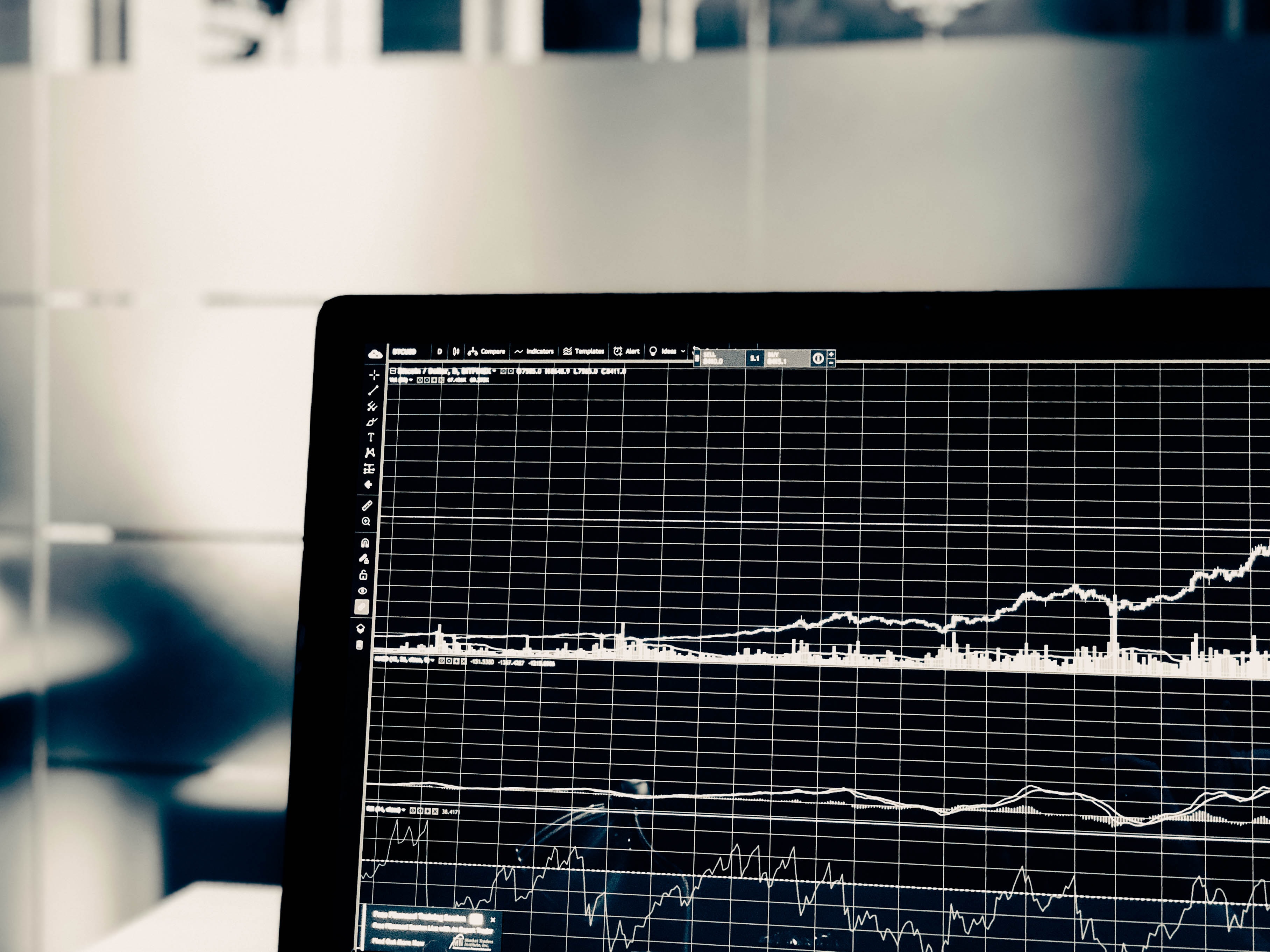A number of thematic ETFs were among the best performing European ETFs while Turkey, Brazil and BlackRock’s clean energy ETF struggled during the first quarter of 2021.
Deciding how to play the pandemic recovery and the arrival of US President Joe Biden have been among the key points of reference for investors over the past three months. While economies plot their lockdown exit plans, a broad rotation has been occurring away from growth previously spurred on by demand for a tech-enabled and remote way of living towards the value and cyclical stocks of the ‘old economy’.
This general momentum shift may yet have some way to go, with the MSCI World Energy index finishing the quarter around 30% short of its five-year high and European banks still comfortably shy of their 20-year p/e ratio median.
The rotation was also particularly pronounced in March with Peter Garnry, head of equity strategy at Saxo Bank, stating 15 sessions into a notable tech equity drawdown, the company’s bubble stocks basket had fallen 27.9% from its peak.
This correction was not just a climbdown from lofty valuations but also coincided with the quarter’s other talking point – inflation commotion and how this has seen Treasury yields more than triple between the end of Q1 2020 and 2021.
Oil prices hit 14-month highs in March, raw material prices hit their highest levels since April 2011 in January and in February, US retail sales saw their third-largest monthly jump in two decades.
While the Federal Reserve’s pledge not to increase interest rates until 2024 has acted as a temporary salve for growth stocks, this promise and trillions of dollars in fiscal expenditure by President Biden means inflation concerns remain very much in focus.
The winners of Q1
Topping the podium for Q1 was the Xtrackers Physical Rhodium ETC (XHR0) which returned 73.6% during the first three months of the year, according to data from Bloomberg Intelligence. Defying the pandemic recovery and rotation away from growth narratives, S&P Global Platts said the commodity’s recent surge in value is due to heightened demand for electric vehicle battery metals, and crucially, because COVID-19 compliance rules in mines have put a strain on supply.
This surge in returns should not be mistaken as short-term speculation though. Over the past five years, XHR0 has returned 3,475%.
Coming in second place despite a 15% dip at the start of March is the Invesco Elwood Blockchain UCITS ETF (BCHS) which returned 43.6% during the first quarter. With bitcoin and ethereum rallying to respective all-time-highs and receiving institutional validation, demand for cryptos – and the ledgers used to secure them – has skyrocketed seeing BCHS bounce 193.4% over the past twelve months.
Following close behind were Europe’s two cannabis ETFs, the Rize Medical Cannabis and Life Sciences UCITS ETF (FLWR) and The Medical Cannabis and Wellness UCITS ETF (CBDX) which returned 36.2% and 32%, respectively, in Q1.
Having both launched at the start of last year, FLWR and CBDX have been lifted by the Biden election platform, which mentioned the potential for cannabis to be regulated at a Federal level.
Finally, corroborating the cyclicals recovery trend were the recoveries of energy ETFs such as the iShares Oil & Gas Exploration and Production UCITS ETF (IOGP) and iShares S&P 500 Energy Sector UCITS ETF (IESU) which jumped 29.5% and 28.4% during the quarter.
Manufacturing and travel are expected to continue ticking upwards in 2021 with a US industrial recovery front and centre – illustrated by equally impressive recoveries by products including the Invesco US Energy Sector UCITS ETF (XLEP) and SPDR S&P US Energy Select Sector UCITS ETF (SXLE).
A tough first quarter
At the other end of the spectrum, some single country exposures were among the worst-performing strategies during the start of the year because of political mismanagement. Topping the fallers’ list was the iShares MSCI Turkey UCITS ETF (ITKY), which returned -18.4% as President Erdogan sacked the governor of the country’s central bank.
Erdogan has also fuelled upset by falling out with European Commission President Ursula von der Leyen – prompting Italian prime minister Mario Draghi to call him a “dictator”.
Elsewhere, the iShares MSCI Brazil UCITS ETF (IBZL) returned -12.6% during the first quarter as cases of the Brazilian COVID-19 variant soared, with the country recently recording more than 4,000 deaths in a single day for the first time.
Following the inflation and yields story, the iShares USD Treasury Bond 20+yr EUR Hedged UCITS ETF (DTLE) fell 12.6%. Despite the Fed promising to freeze rates for the time being, long-dated maturities such as 20-yrs have a much higher interest rate risk with yields signalling inflationary pressure will eventually force rates upwards in future.
The euro-hedged element put DTLE at a comparative disadvantage to its Treasuries-tracking peers, given the euro’s underperformance versus other currencies since the start of the year – falling more than 2% against the dollar and 3% against sterling.
Our final product is the widely covered iShares Global Clean Energy UCITS ETF (INRG) which dropped 17.6% in Q1. Having shot up 61.5% between US election day and its peak on 7 January 2021, the ETF’s basket has since fallen back since Biden’s election victory amid speculation the potential impact of his stimulus package on the sector.
Alongside something of an inevitable climbdown, INRG’s 2020 support has since worked against it with vast inflows posing awkward questions about potential liquidity risks and over-concentration in small-cap companies, which its index provider, S&P Dow Jones Indices, has since had to address following a number of consultations.







